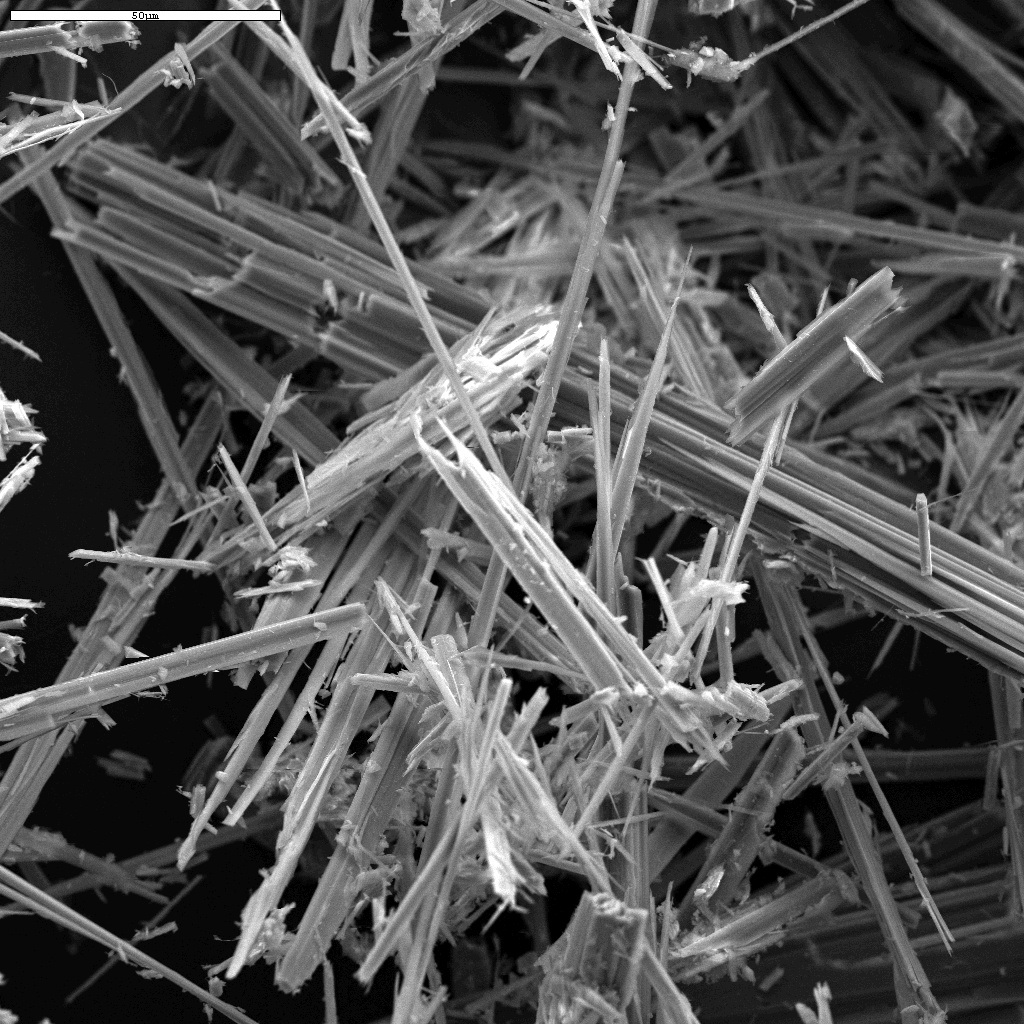Types of asbestos-containing material
Asbestos has been used in the manufacturing of various products. These products can be found in either friable or non-friable form. All products are also known as asbestos-containing material.
Bonded (non-friable) asbestos
Bonded asbestos products are made from a bonding compound (such as cement) mixed with a small proportion (usually less than 15%) of asbestos. Bonded asbestos products are solid, rigid and non-friable, and cannot be crumbled, pulverised or reduced to powder by hand pressure. The asbestos fibres are tightly bound in the product and are not normally released into the air.
Common names for bonded asbestos products are ‘fibro’, ‘asbestos cement’ and ‘AC sheeting’.
When they’re in good condition, bonded asbestos products do not normally release any asbestos fibres into the air. They are considered a very low risk for people who are in contact with them, as long as appropriate safety precautions are used when they are disturbed.
However, when bonded asbestos products are damaged or badly weathered (including hail damage), areas may become friable.
Examples of non-friable asbestos containing material may include:
- asbestos cement sheet
- asbestos cement moulded products
- bitumen-based water proofing
- vinyl floor tiles.
Over time, some non-friable material may become friable.
Examples of non-friable asbestos-containing material that can become friable as a result of a work process include:
- asbestos cement sheeting that has been crushed
- asbestos cement sheeting that has deteriorated from long-term exposure to a chemical mist.
Friable asbestos
Friable asbestos products are generally quite loose and, when dry, can be crumbled into fine material or dust with very light pressure, such as crushing with your hand. These products usually contain high levels of asbestos (up to 100% in some cases), which is loosely held in the product so that the asbestos fibres are easily released into the air.
If disturbed, friable asbestos products are dangerous because the asbestos fibres can get into the air very easily, and may be inhaled by people living or working in the area.
Bonded asbestos products that have been damaged or badly weathered (including hail damage), may also become friable.
When and where were friable asbestos products used?
Friable asbestos products have been commonly used in commercial and industrial settings since the late 1800’s for fireproofing, soundproofing and insulation. Some friable products were also used in houses and may still be found in houses built before 1990.
Examples of friable asbestos-containing material may include:
- pipe lagging
- boiler insulation
- fire retardant material on steel work
- sprayed insulation.

